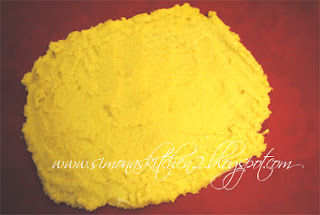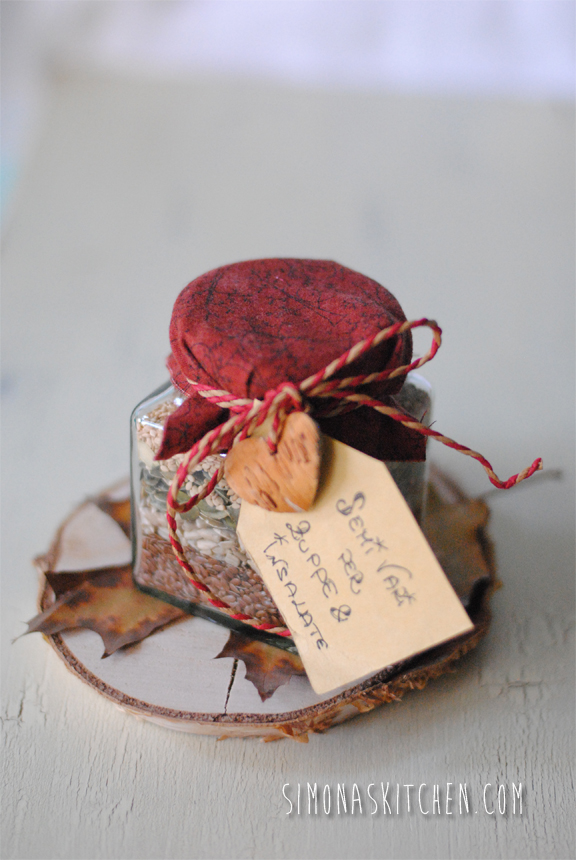Polenta isn't a traditional dish of my area (Tuscany), but it's popular all over Italy.Each country or region has its own version so you can easily find the 'rough' version with bright yellow color and the 'fine' version, with a fine white flour.
The rough version is much more common in the North of Italy, while the other one is most frequent in the Center.
The one I'm going to deal about today, is the 'corn-meal-yellow-rough' version, the one I like most, of course! ;-)
The basic recipe is very easy, you need: 500 gr corn maize flour, 1 and 1/3 liter water and salt.
You can also add more water, if you like a smoother polenta (in this case use 2 liters water).
Anyway you can add water during cooking, if you notice that it's too sticky, the most importanta thing is to add hot water, not cold!
The preparation of polenta is very, very easy: make water boil, drop the flour mixing well. That's it!
It takes 35-40 minutes to cook, but into supermarkets you'll easily find pre-cooked flour, so it'll take you 15-20 minutes as maximum.
One of the main problems are clots, to avoid them, drop the flour at the beginning of boiling, into the center of the sauce-pan, mixing energically (better if you use a wooed spoon).
Don't make water boil to high.
Polenta is ready when it comes off the hedges of sauce-pan, drop on a big cotton towel and serve with ragù, fonduta cheese, sea food or vegetables.
This picture is taken from the web, they probably mixed some fine herbs onto the last mixing and lay the poor the polenta into very thin slices, more or less 0,5 cm and cut hearts shapes (perfect for S.Valentine!)
The next future days, I'm going to post some sauces for polenta, such as
Ragù, Seafood ragù, Vegetables, so stay tuned and come to visit us! In case you can also follow on FB!





